When your 4WD and camper trailer suddenly lose momentum even though the wheels are still spinning, spitting up sand, mud or snow, do you have what you need to get out of this situation? With the help of Greg Smith from Ironman 4x4, we’ve been able to come up with a list of things you need to make your recovery safe and simple.
RATED RECOVERY POINTS
The recovery points on your 4WD and camper trailer need to be rated AND mounted correctly because hooking a snatch strap to a tie-down point or tow ball is wrong and potentially deadly. Tie-down points are made from thinner steel and bolted to the chassis using underrated bolts and aren’t designed to cope with the extreme forces in play when snatching or winching. Greg explains, “Rated recovery points are tested for a straight-line constant pull to ensure they're strong enough to take the load without failure.”



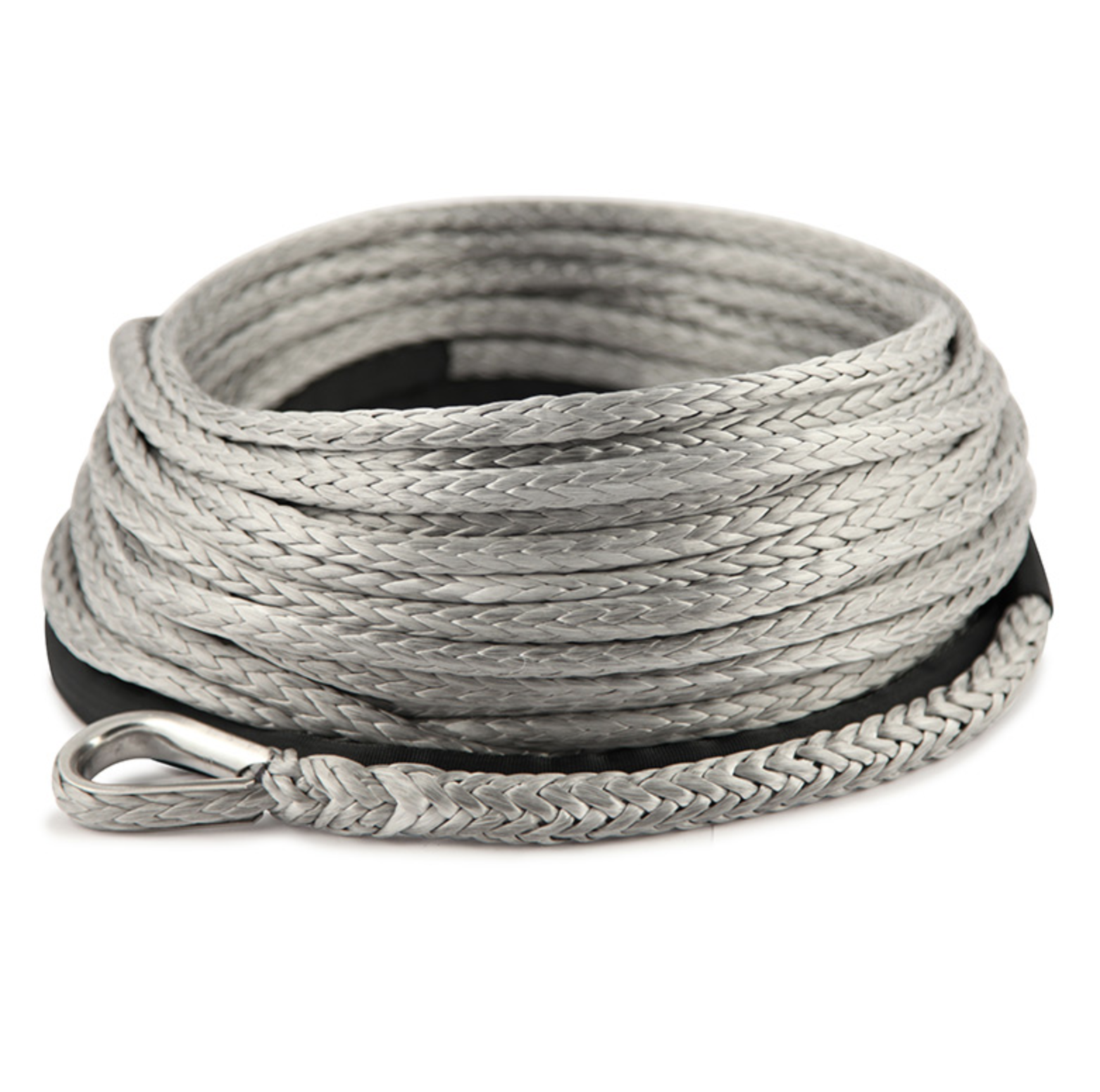
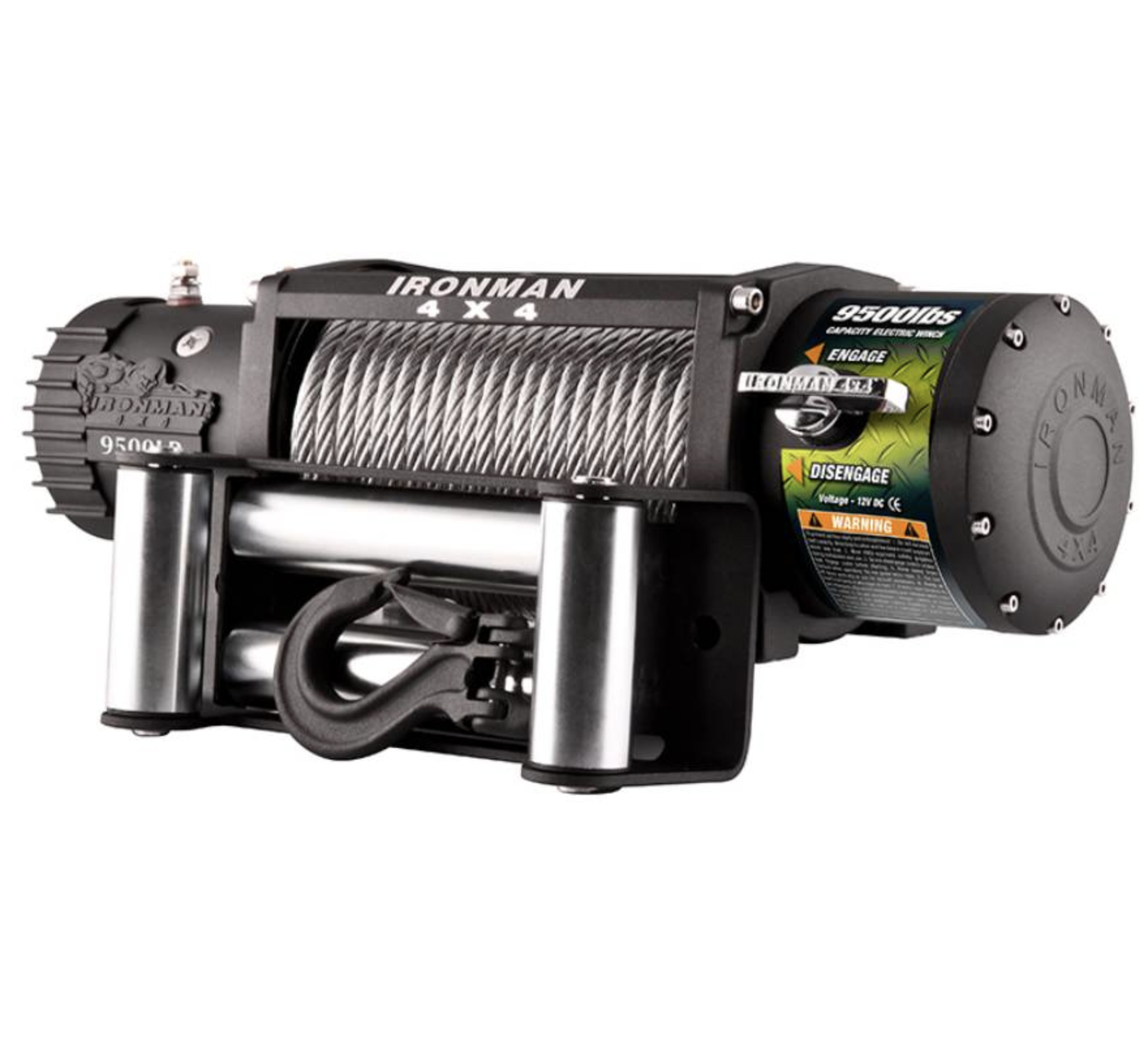
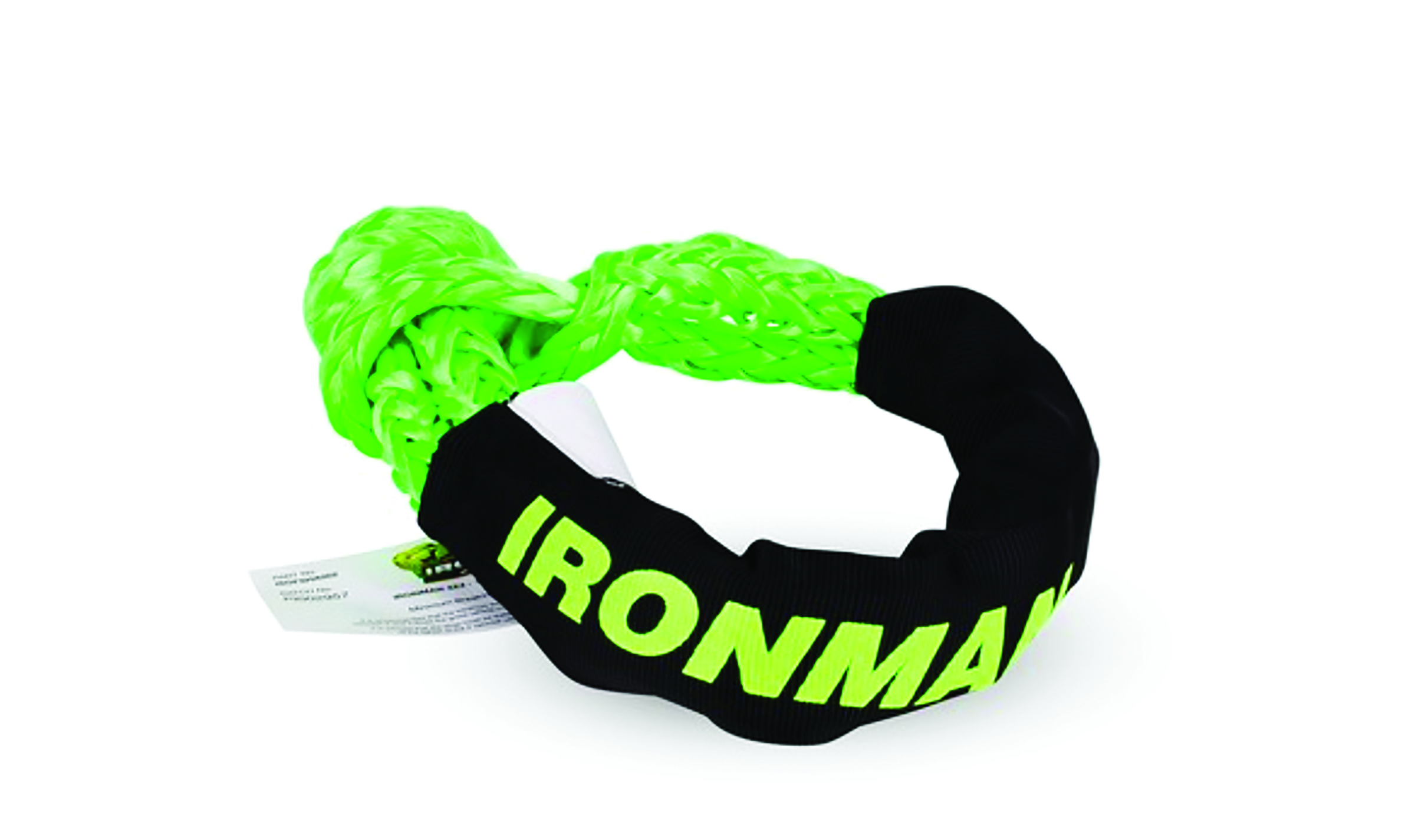
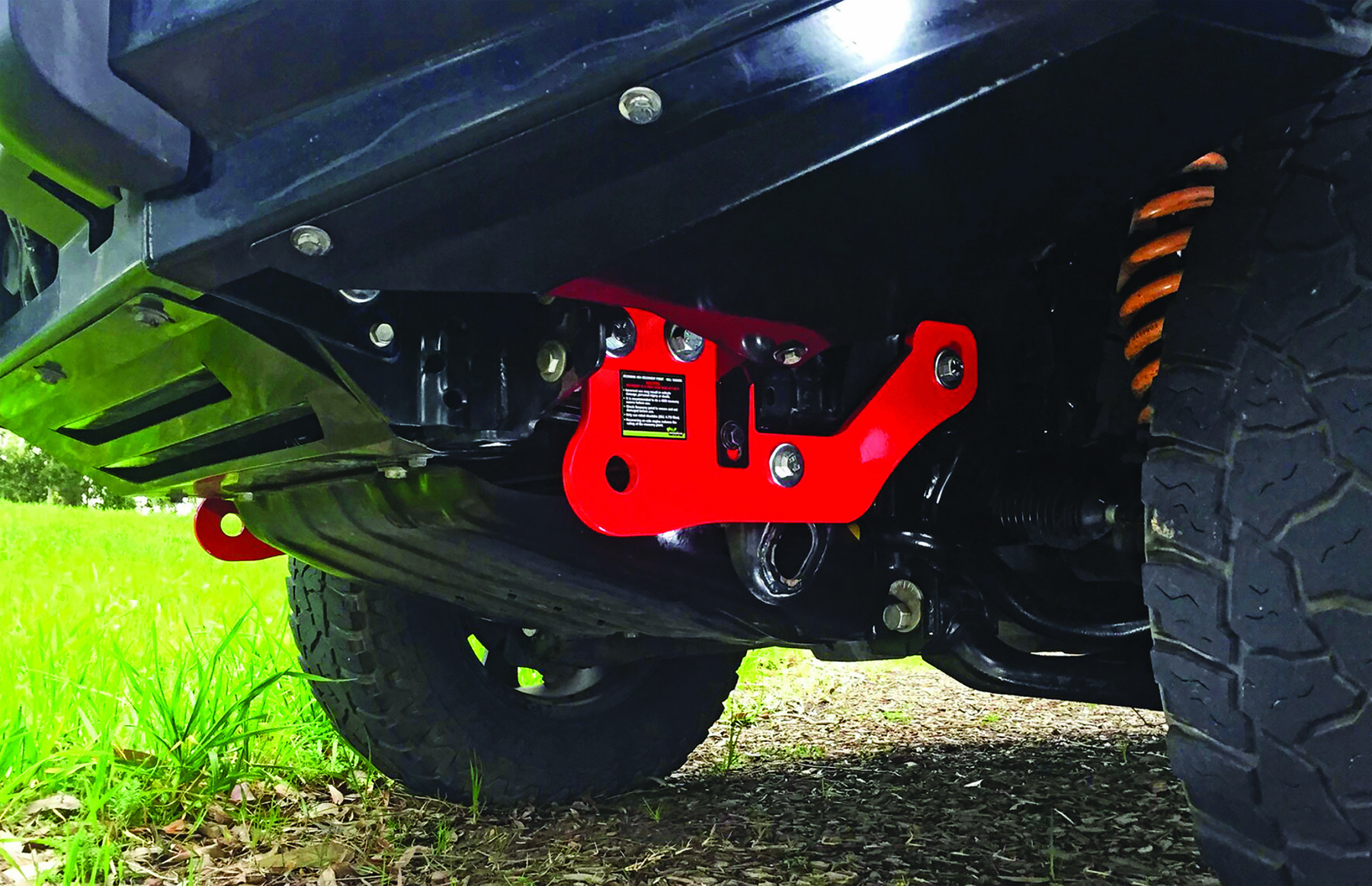
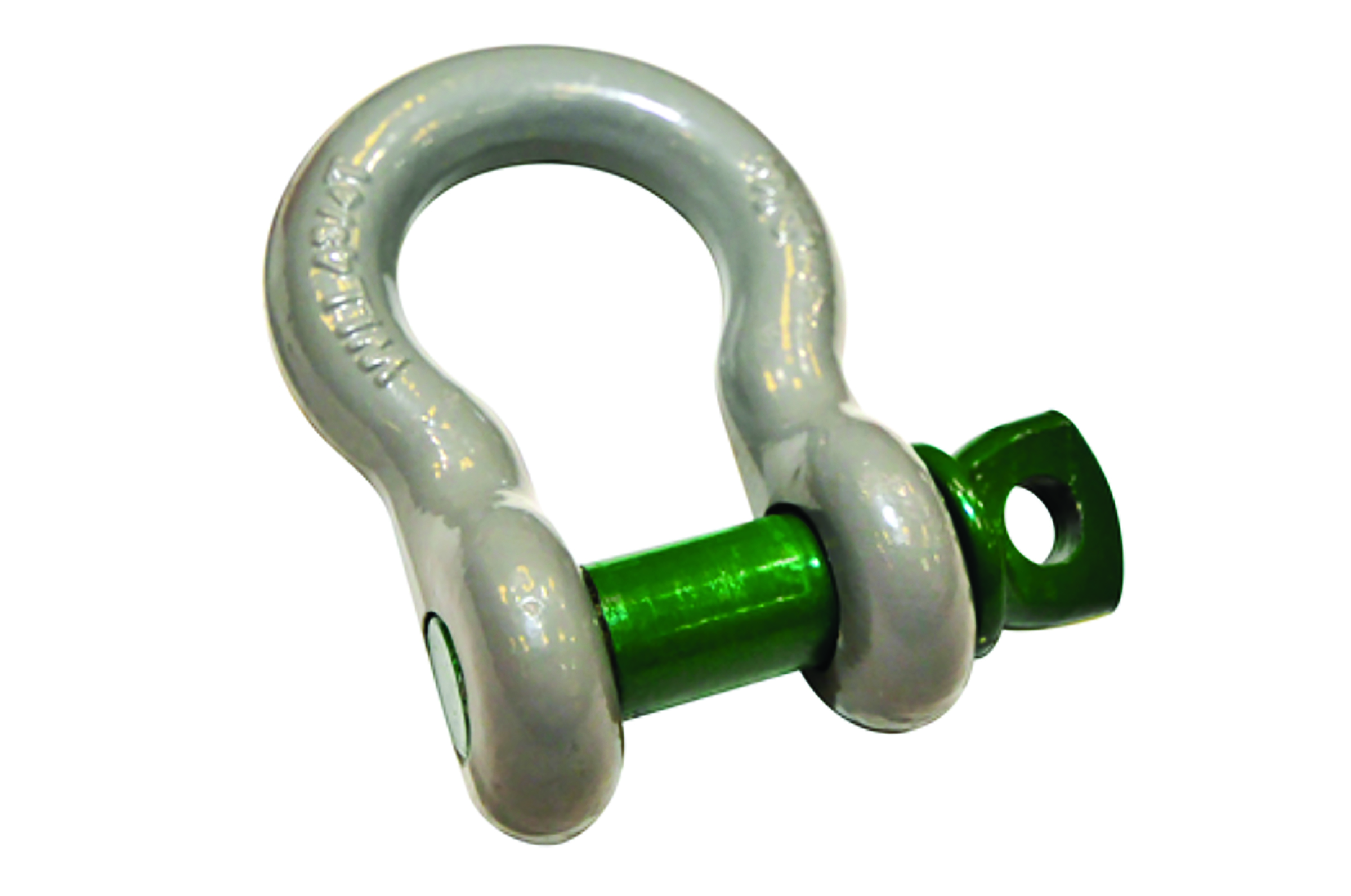
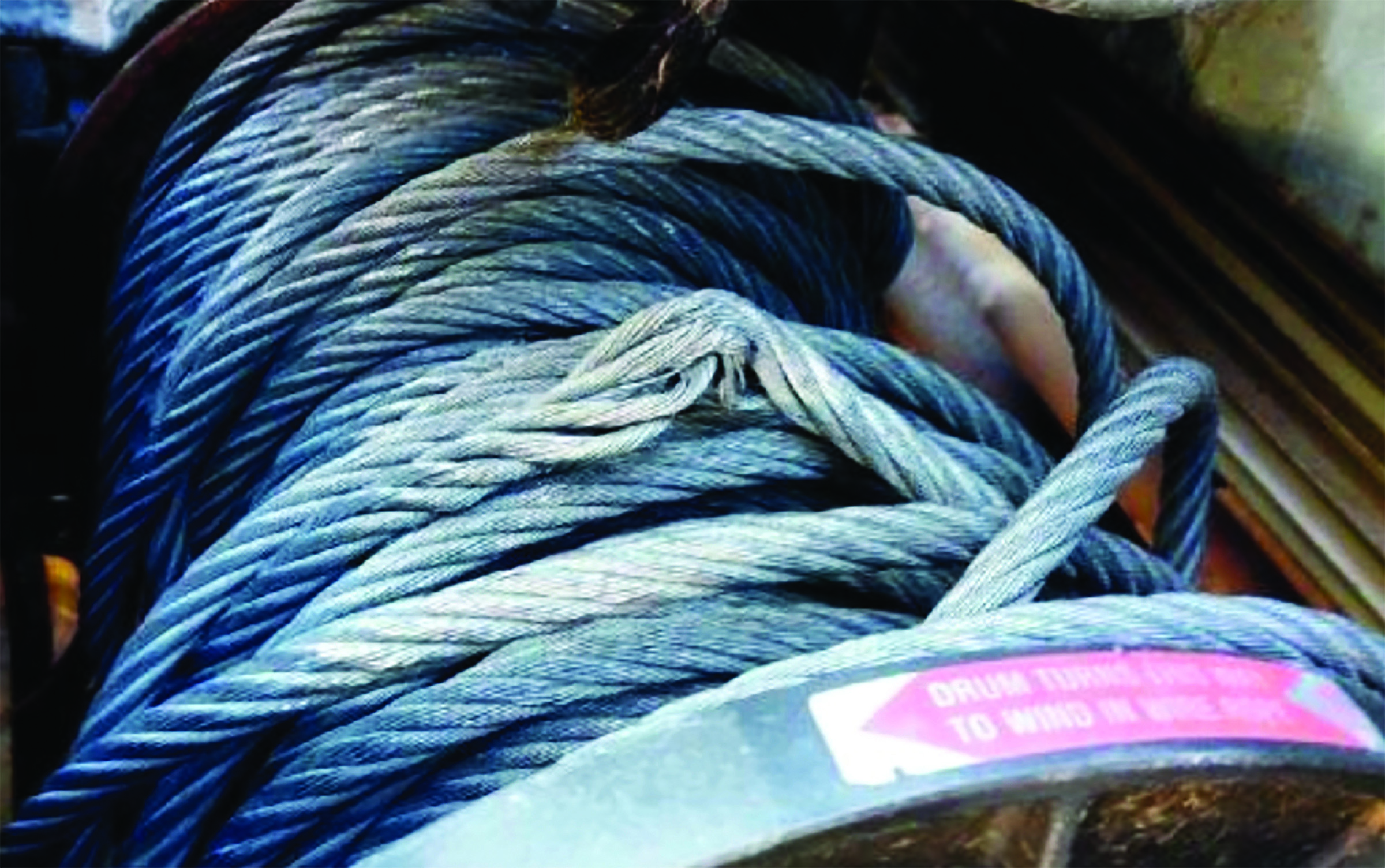
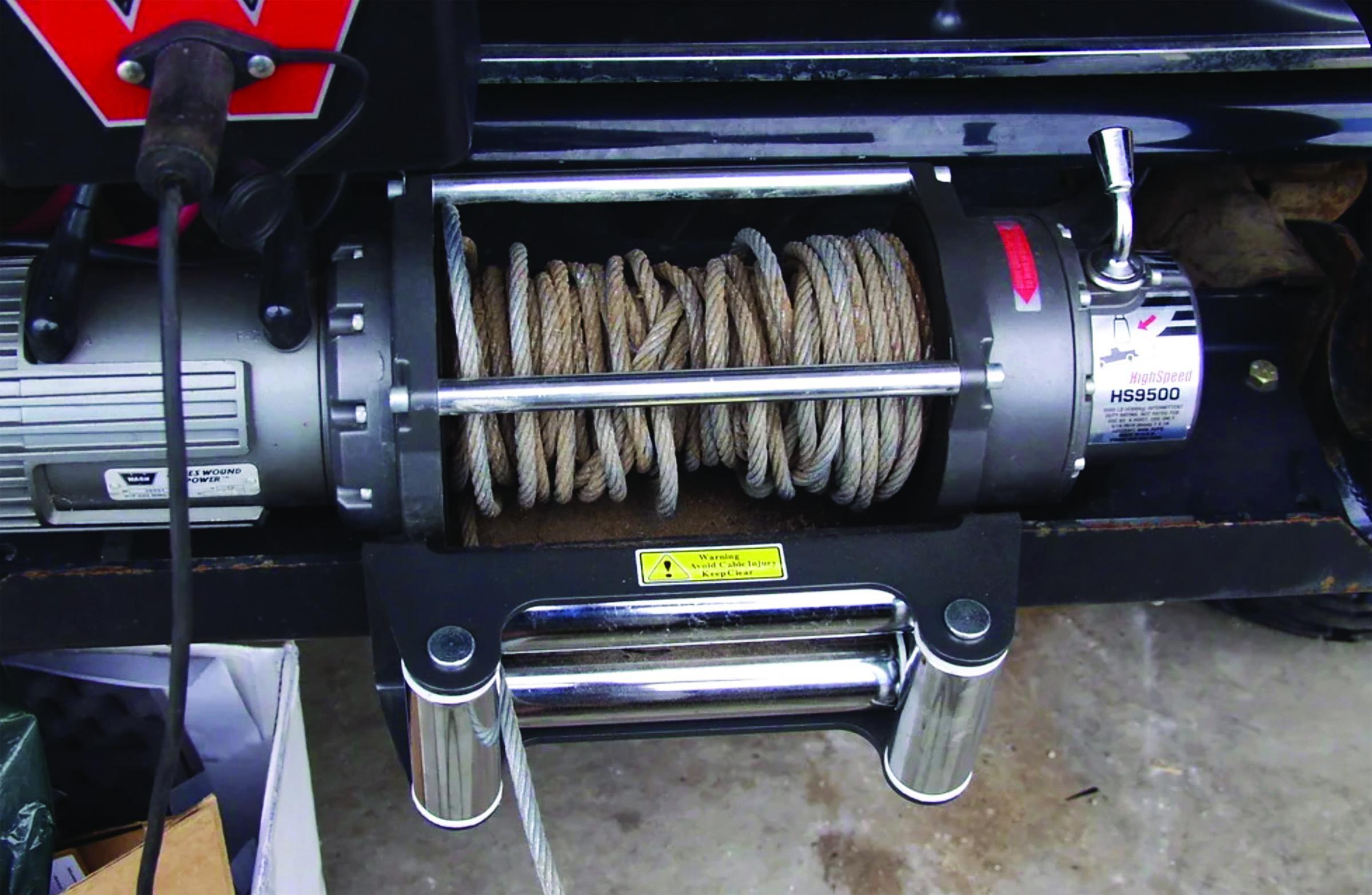
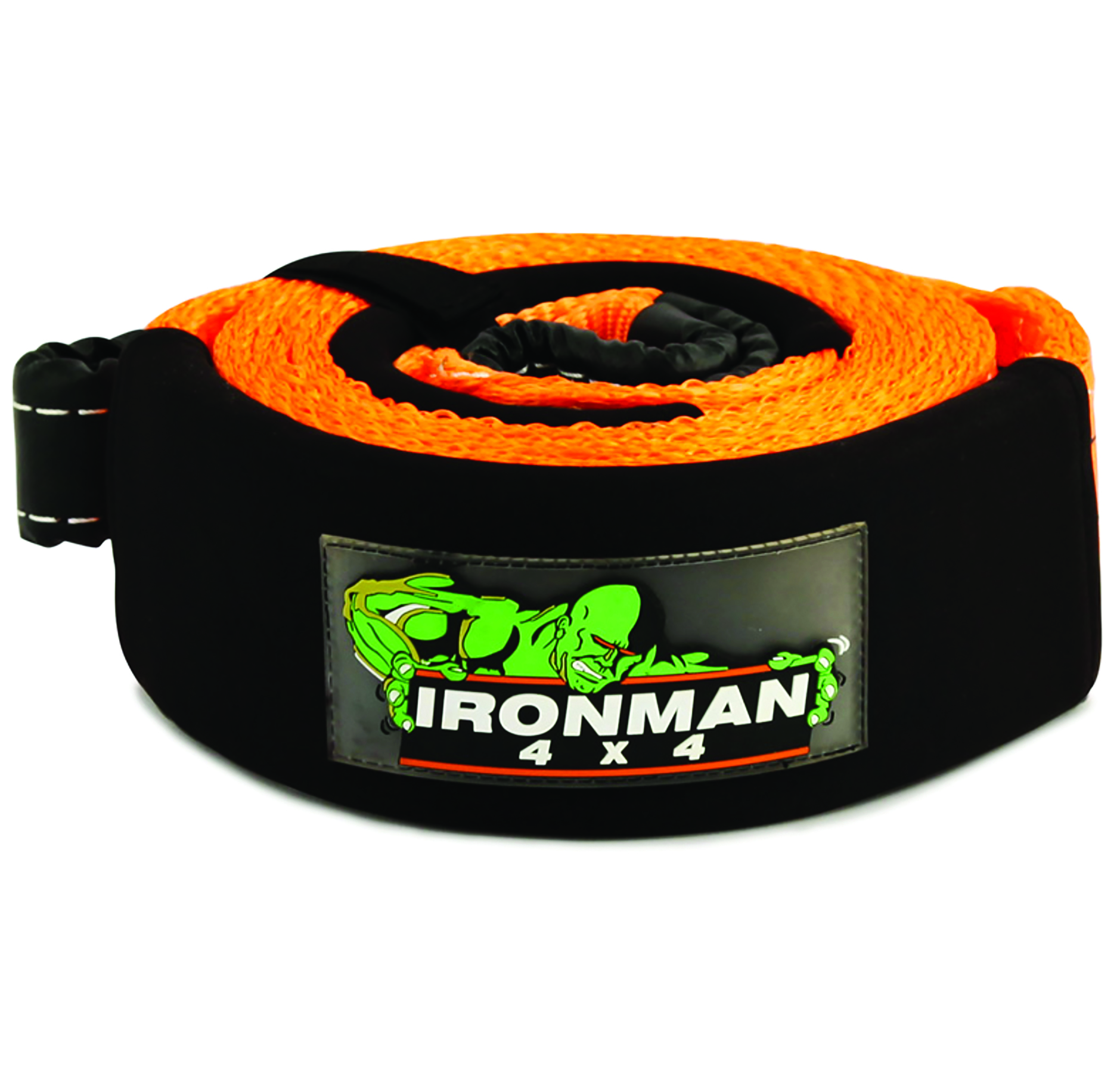
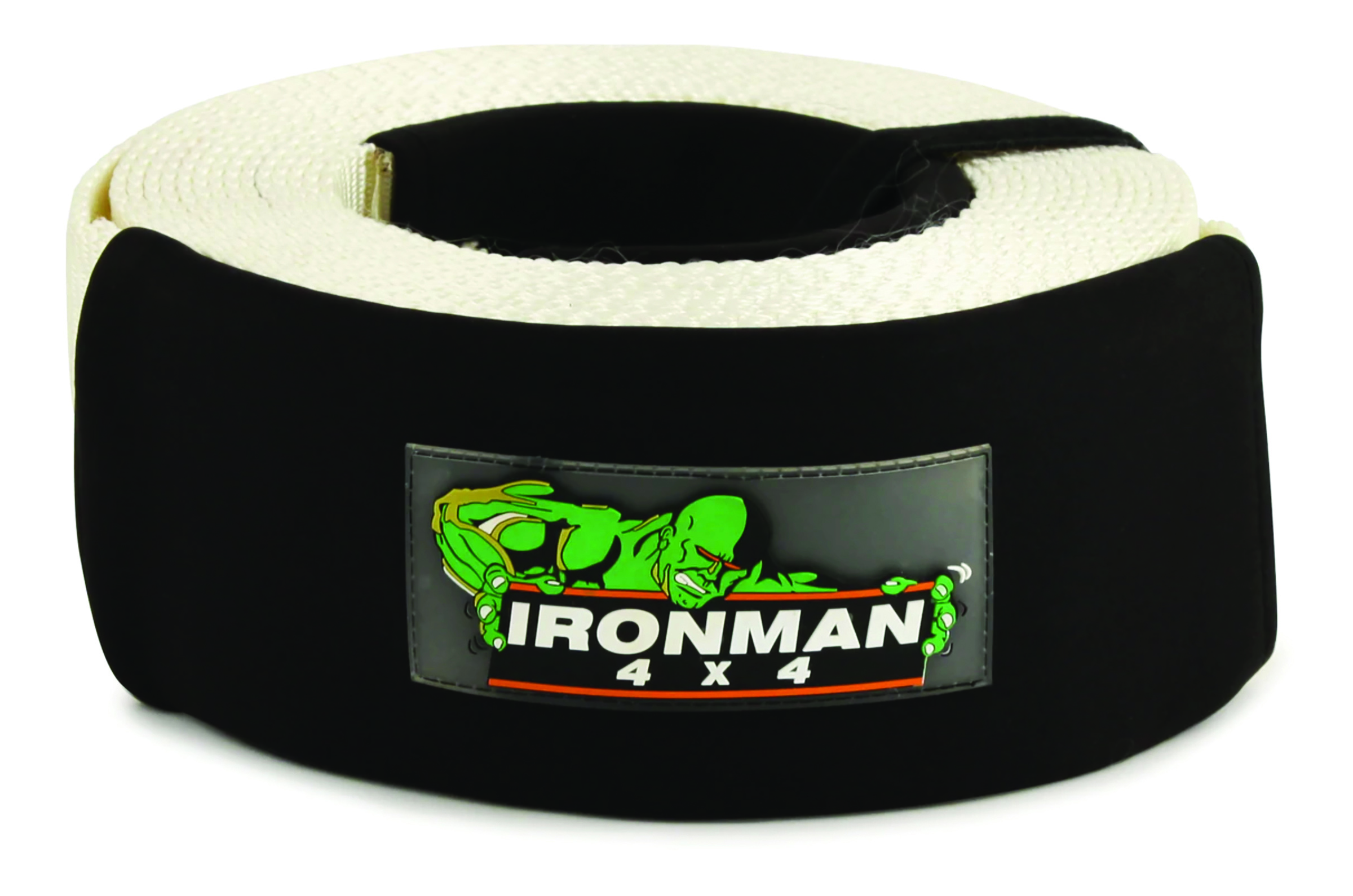
How do you know if the recovery points on your vehicle are rated? Rated recovery points are stamped and made from thicker steel. The mounting bolts are important too and must be high tensile and stamped with 8.8 as a minimum.
Now let’s not forget that recovery points on the tail end of your 4WD are important too, and in most cases a tow bar is required. The simplest recovery point on a tow bar is the bolt through the hitch. A strap or synthetic rope will easily slip over the bolt that is then locked in with a split pin, however the pin can bend making it near impossible to remove. There are better options including, a tow hitch with a bow shackle attached, a tow hitch for a soft shackle or rated recovery points bolted to your chassis.
Often the recovery points on the rear of a camper trailer are welded to the chassis and are not stamped, so it’s best to ask the manufacturer if they are rated and for what, because they are incredibly important when it comes to hauling your prized camper backwards, especially with 4WD still attached. If you’re still unsure, use a bridle between each recovery point and plenty of dampers on the recovery line. As Greg suggests, “There are times when it’s easier to recover the camper separately to the vehicle as when recovering a vehicle and camper together, the strain places stress on the tow hitch that it’s not designed for.”
SOFT SHACKLES VS STEEL SHACKLES
Relatively new to the Australian 4WD market, soft shackles are quickly replacing the heavy steel shackles that have worked for generations. In doing so they’ve changed the way we view a recovery.
Soft shackles suitable for 4WDing are made from ultra-high modulus polyethylene twelve-strand single braid rope and generally have a 12mm thickness. This type of shackle is designed to be lightweight, simple to use and safe.
Load rated bow shackles are the only style of steel shackle suitable for vehicle recoveries and should have a minimum working load limit (WLL) of 3.25t. They are heavy and become a lethal missile if something should break during a recovery.
Greg highlighted the benefits of each:
- Soft Shackles
- Lightweight
- Won’t become a lethal projectile in the case of equipment failure or overloading
- Are larger so can safely fit straps and attachment points
- They float
- Steel Shackles
- They’re cheap
- Resistant to abrasion and heat
SYNTHETIC ROPE VS STEEL CABLE
These days it’s rare to see steel cable wrapped upon someone’s winch, usually, it’ll be on an old farmer’s ute or a jacked-up rock crawler, but most four-wheel drivers these days prefer synthetic to steel. Australian 4WD competitions specify that synthetic winch rope is the only option.
Whilst steel cable is more durable and abrasion-resistant than synthetic rope, with that comes added weight and reduced flexibility. In fact, on a weight to weight basis, synthetic rope is 15 times stronger and 8 times lighter than steel cable and is easier to work with as it doesn’t burr or fray. It also floats which is why it is used in competitions. Synthetic rope's Kryptonite is heat, abrasion, UV light and chemicals although the chance of abrasion can be reduced by using an abrasion sleeve.
Steel cable can develop rust if not maintained and is also prone to kinks, making it harder to spool on the drum. Wearing gloves is a must when handling steel cable as it develops sharp burrs that can tear into your flesh as the cable passes through your hands.
As with soft shackles, synthetic winch cable is made from ultra-high modulus polyethylene material SK75 or SK78 with a thickness of 9mm or 10mm. Ironman 4x4 offer two sizes of winch, 9000LBS or 12,000LBS with either 9.5mm steel or 9mm synthetic cable with the majority of their sales being the synthetic rope option. As Greg explains, “The benefits of synthetic outweigh the benefits of steel due mainly to it being lightweight, easier to use and is much stronger.”
EXTENSION STRAPS, SNATCH STRAPS, SNATCH BLOCKS & TREE TRUNK PROTECTORS
All good recovery kits should include a snatch strap, winch extension strap, tree trunk protector and snatch block, however when starting out, a snatch strap is one of the first bits of recovery kit that you should buy, along with a couple of shackles to attach the snatch strap with.
The reason the snatch strap is such a good piece of recovery gear is that it is very effective in recovering a 4WD when two vehicles are involved. The design of the strap allows it to stretch, like a rubber band, and then return to its original length with the kinetic energy created helping to ‘pop’ the stuck vehicle out of its predicament. A kinetic recovery rope does the same thing, but it provides added stretch and is generally made from Nylon 66 and polyester.
A winch extension strap or static rope is used to extend the length of your winch cable when a recovery point is beyond reach. Unlike the snatch strap, the winch extension strap is static, meaning it doesn’t stretch.
If you have a winch on your 4WD you should have a tree trunk protector in your recovery kit. As its name suggests, the tree trunk protector spreads the load of the recovery and prevents the tree from being ringbarked by the winch cable.
A snatch block or winch ring are important as they allow you to change the direction of the winch cable for several uses. This includes creating a double line pull that halves the load on your winch, attaching to a suitable recovery point that isn’t directly in front of you, a ‘slingshot pull’ to recover a vehicle that’s behind you or to assist on pulling a tree off to the side of the track.
SNATCH RECOVERY VS WINCH RECOVERY
When you get stuck and need to be recovered, how do you know whether to snatch or winch as in some instances both methods could be suitable? With help from Greg, we’ve come up with a list of reasons why you may use one against the other.
Snatch strap recovery:
- When a second vehicle is present
- Sand and mud
- Low force recoveries
- Straight-line recoveries
- Long-distance recoveries
Winch recovery:
- Single vehicle self-recoveries
- Technical controlled recoveries
- Directional recoveries
- Rocks, deep mud/sand, steep inclines
- High load recoveries
RECOVERY BOARDS
The most popular and versatile pieces of recovery gear are recovery boards and can be used to clear away the sand or snow from around your wheels, a ramp over logs or rocks, a bridge over a crevasse, a base for jacking, levelling your camper trailer, oh and for helping you drive out of a sticky situation. The spikes on the topside provide traction for your tyres and with most brands, if you turn them over, they turn into a shovel. Their thick construction provides an amount of structural integrity however not all can handle the weight of a 4WD when used as a bridge. The best brands also come with straps that attach to the recovery tracks and the best tip I can give is to use them as recovery tracks can end up deeply buried after a recovery and hard to find, the strap will help you locate and extract the boards.
DAMPENER
This recovery item is very quietly spoken yet is a critical piece of equipment when winching or snatching and is there to save lives. A winch dampener is designed to absorb the energy from a cable if it snaps, the recovery point fails, or the shackles let go. The dampener acts as a restraint and reduces the force of energy expelled by cables quickly losing tension and at the same time diminishing the possibility of personal injury or vehicle damage.
The dampener is placed upon the strap or cable and if it has pockets, fill them with sand, dirt or stones to add some weight before using the Velcro to hold the sides together. There are differing opinions on where you should hang the dampener, but if you only have one, place it in the middle third section of the cable or strap. Take care of snatch blocks and the roller fairlead when winching, you don’t want your dampener caught up in either of these.




